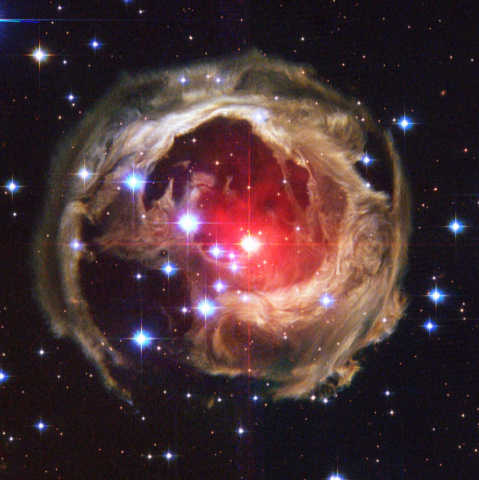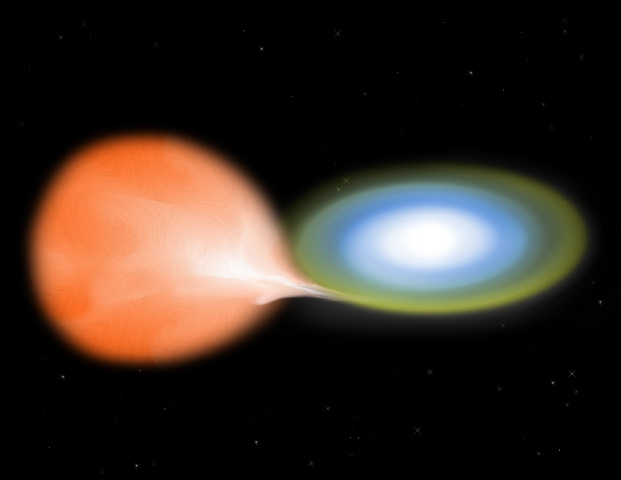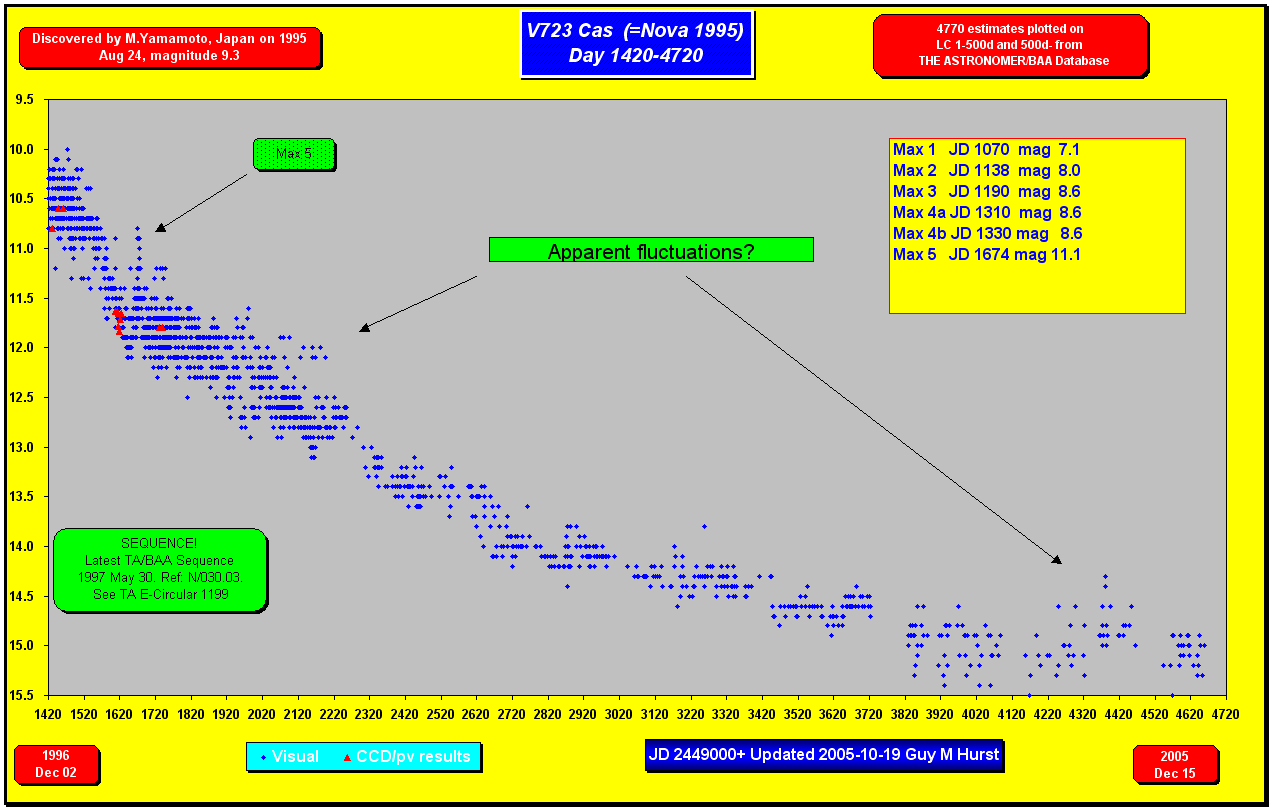Sumner Starrfield
Regents' Professor
of
Astrophysics
School of Earth and Space Exploration P. O. Box 871404
Arizona State University
Tempe, Arizona 85287-1404
USA
E-mail:sumner.starrfield at asu.edu
Telephone: (480) 965-7569
FAX: (480) 965-8102
Messages: (480) 965-5081
Education and Degrees:
B.A. University of California, Berkeley
M.S. University of California, Los Angeles
Ph.D. University of California, Los Angeles




